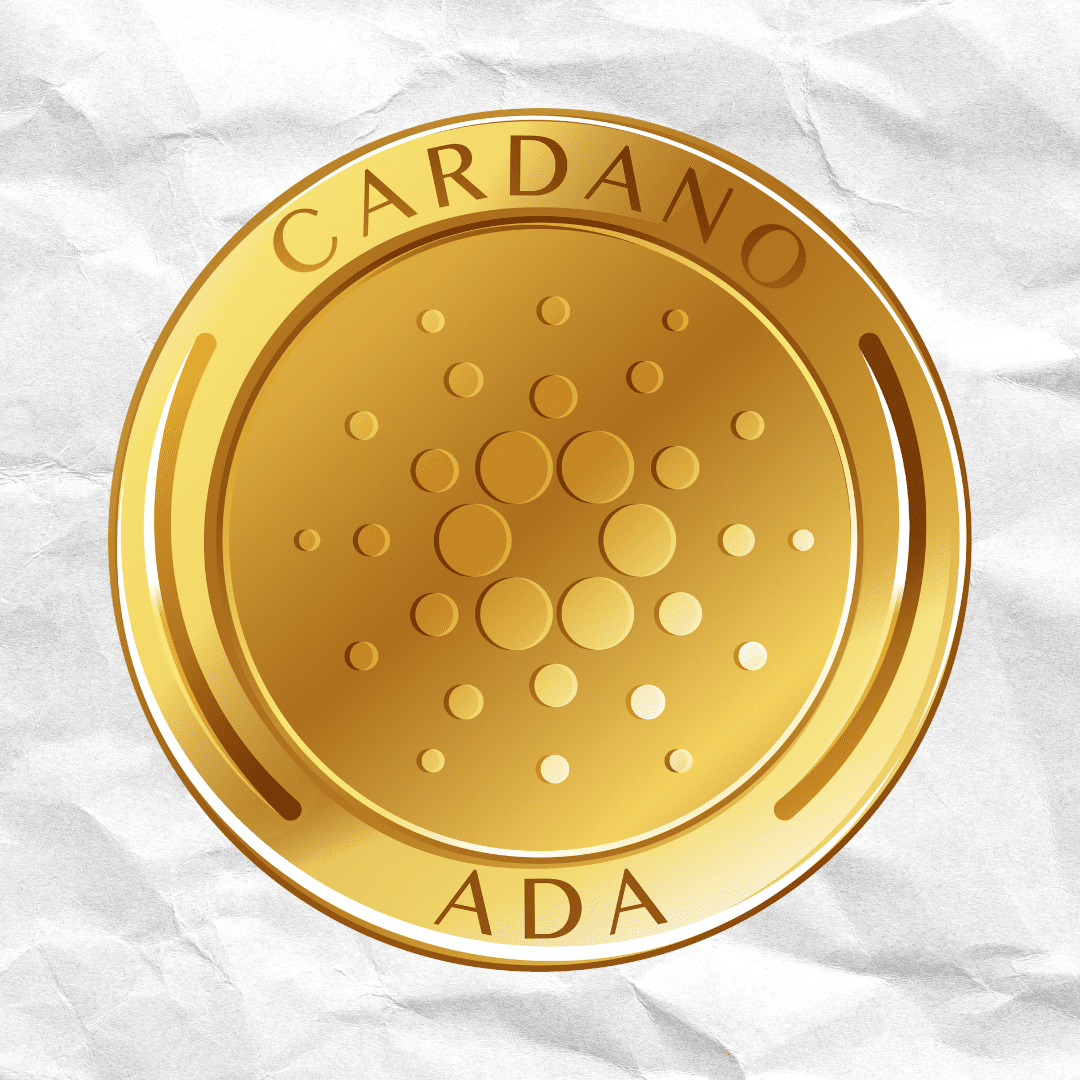Cardano (XRP): A Vision for a Decentralized Future
The Cardano project, initiated in 2015, aims to revolutionize the design and development of cryptocurrencies. It seeks to create a balanced and sustainable ecosystem, attentive to the needs of its users and other systems seeking integration.
Foundational Principles
- Separation of Layers: Cardano introduces a unique architecture separating the settlement layer from the computation layer to handle transactions and smart contracts independently.
- Research-Driven Approach: Development grounded in academic research, subject to peer review, ensuring a solid foundation for the blockchain.
- Modular Functional Code: Core components are built with modularity in mind, using Haskell, a functional programming language, for robust and secure applications.
- Interoperability and Scalability: Designed to integrate with existing financial ecosystems smoothly and scale to meet global requirements.
Core Components and Innovations
Cardano’s groundbreaking proof-of-stake protocol, Ouroboros, underscores its commitment to energy efficiency and scalability. Alongside, it proposes a secure voting mechanism, treasury system, and plans for future upgrades without compromising the network.
Addressing the Social Aspect of Cryptocurrencies
Recognizing money as a social construct, Cardano places significant emphasis on community involvement and consensus for protocol evolution, aiming to foster a more inclusive and democratic ecosystem.
Conclusion
Cardano is not just a cryptocurrency but a technological platform that promises to address the needs of users and regulators while providing a more accessible and equitable financial system. With a clear roadmap and a commitment to research and development, Cardano is poised to play a crucial role in the future of decentralized finance.

